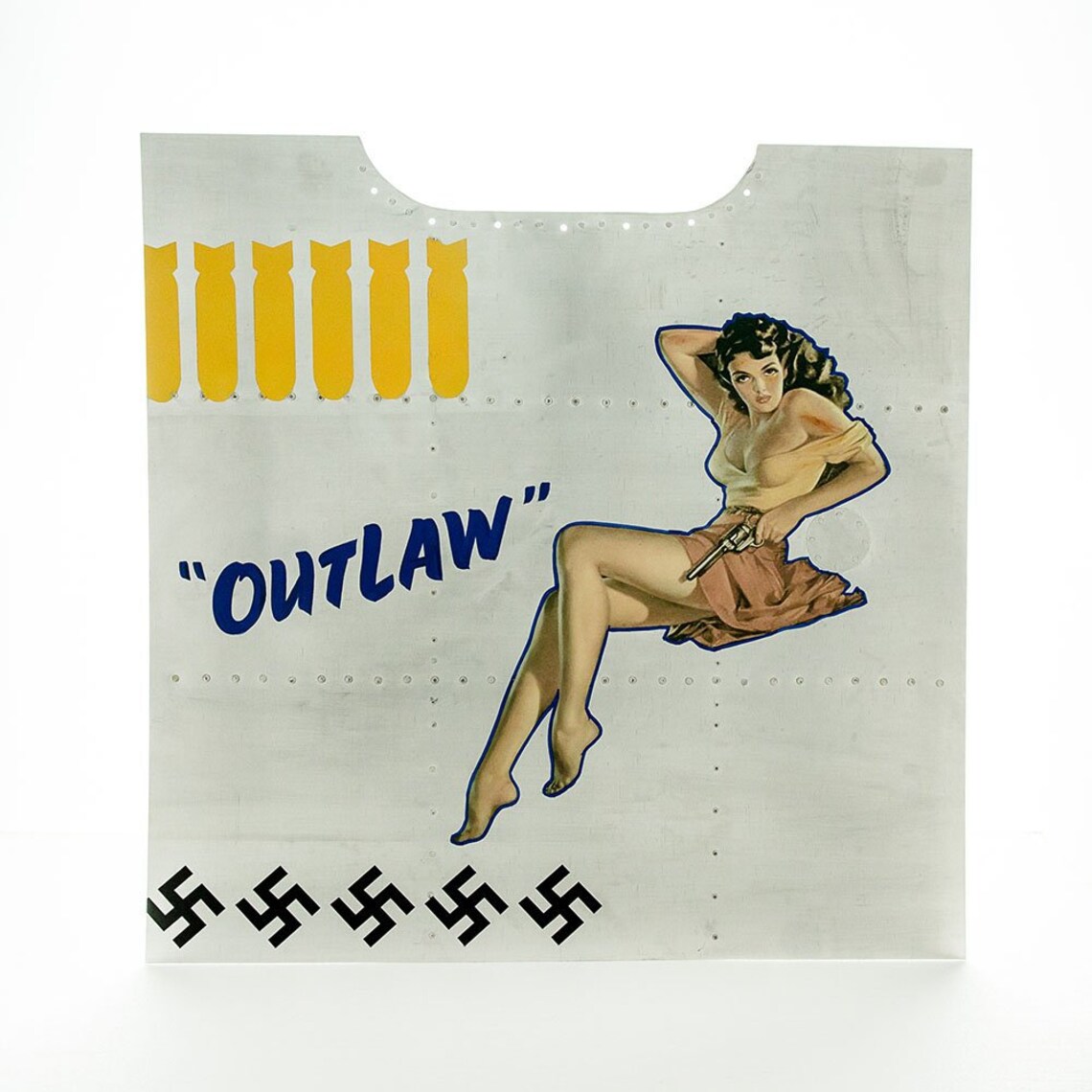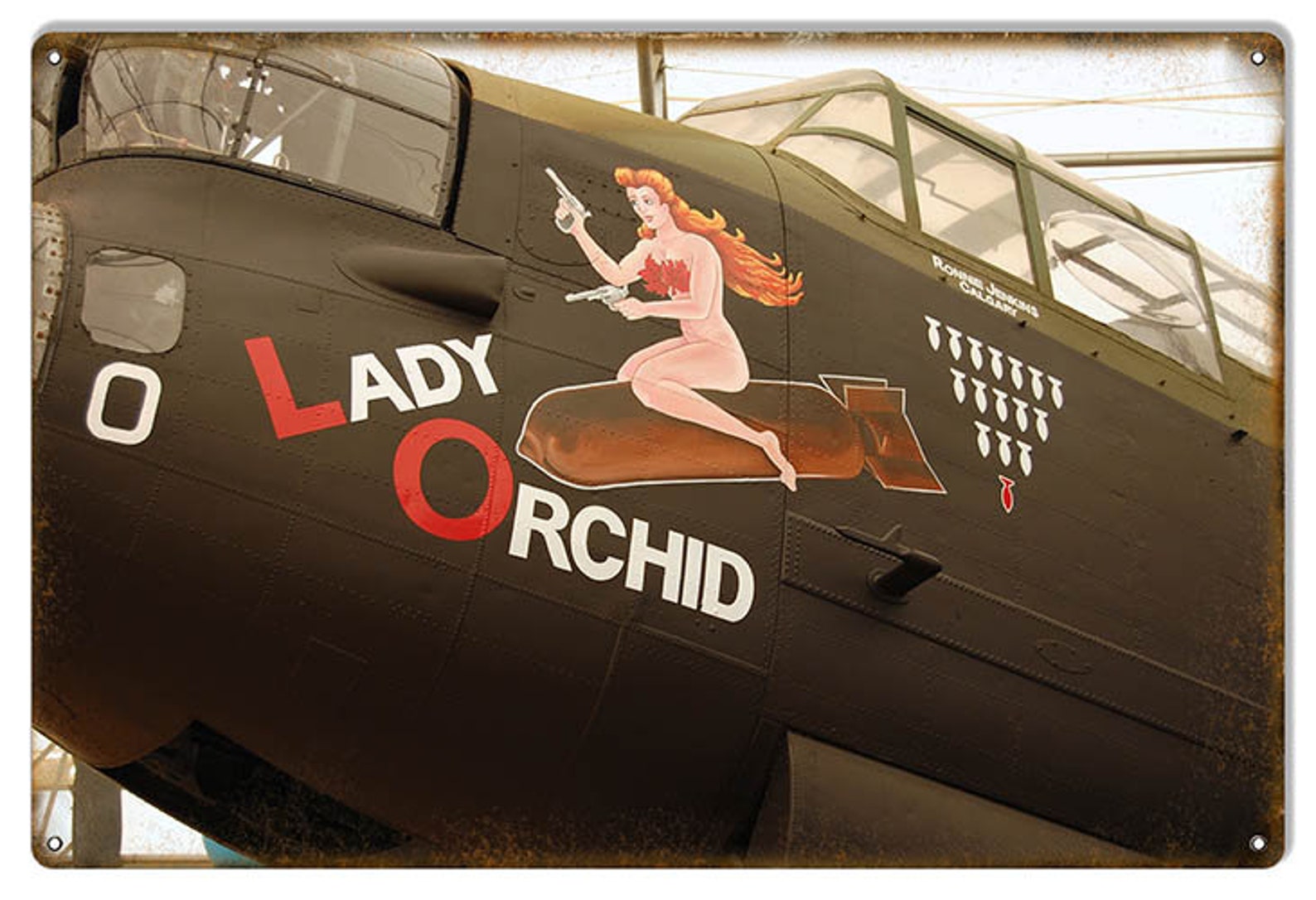

It was a great way to paint reminders of home while expressing the individual style of each Airman.

Not necessarily against the authority in place but rather defiance to completely succumb to the horrors of war. Still, airplane nose art in World War II prevailed as a show of defiance. It’s no wonder that following World War II, nose art was discouraged more and more until it would no longer be a trend. There are plenty of reasons why this is a good thing for the operations at hand, but it stifles creativity, which is the opposite of artistic expression. Defiance, Individuality, and Comfort All in One Following WWII, however, officials would step in and ramp up discouraging such practices from taking place. In the Korean War and Vietnam War, there were instances, of course, of the art being used. That doesn’t mean other conflicts didn’t feature nose art. WW2 aircraft nose art would rise to prominence more so for two core reasons: there was more widespread use of aircraft in war and after WWII, the practice would end up falling away. WW2 Was the Golden EraĪrtwork on World War I aircraft may have been the ultimate start of the trend, but WW2 is when it hit its apex. Furthermore, several conflicts following World War II would also find aircraft donning artwork all the same. It’s also worth noting that while WW2 bomber nose art is arguably the most iconic, there are several examples of the trend dating back to World War I. Yes, it may have been an American trend, but others, including Nazi Germany, would also paint their aircraft for similar reasons. Popular depictions included pin-up girls, animals, patriotic themes, military symbols, and cartoons.Īnother unique thing about WW2 plane nose art is that it wasn’t exclusive to Americans. Both professionals and amateurs took on the unique canvases. Nose art in WW2 was a popular painting trend that was found on the front of planes and other aircraft. But the running list of artists ranges, as many Airmen and military personnel participated in the artwork over the years. Some notable names include Hal Olsen and Tony Starcer. Several artists and troops painted WW2 nose art throughout the war.

Read next: The Flying Tigers Were the American Heroes of China Who Painted WW2 Nose Art? military frowned upon the idea of painting the noses of planes, many turned a blind eye to it, and the art remained a way to have fun and come together, helping its legacy remain to this day. WW2 nose art embodied these ideas to the fullest. Expressing oneself doesn’t stop just because there is a conflict between opposing armies, and frankly, letting loose a bit is a great way to stay sane in the midst of the unimaginable. But people will be people and continue to find the lighter side of any situation. Obviously, war is no laughing matter and only brings about mankind’s absolute worst. If you live outside of the United Kingdom and are interested in buying this item, please email us and we will be happy to obtain a postage estimate for you.The military is a funny thing. One other nose art panel currently available Panels have only been lightly cleaned and polished prior to painting to retain that authentic aero salvage look. The Art Work of a brunette wearing a green dress is hand painted by Derby based budding artist Saskia Rose Bates using enamel paints. They saw widespread use for training British Commonwealth aircrews in navigation, radio-operating, bombing and gunnery roles throughout the Second World War. This is an original engine panel removed from an Armstrong Cheetah radial engine fitted to a Airspeed AS.10 Oxford which is a twin-engine monoplane aircraft developed and manufactured by Airspeeds. Nose Art depicting pin up girls was traditionally painted onto the aircraft panels as a good luck symbol and a way of keeping morale high. Based on designs used by the RAF and USAF during World War II.


 0 kommentar(er)
0 kommentar(er)
